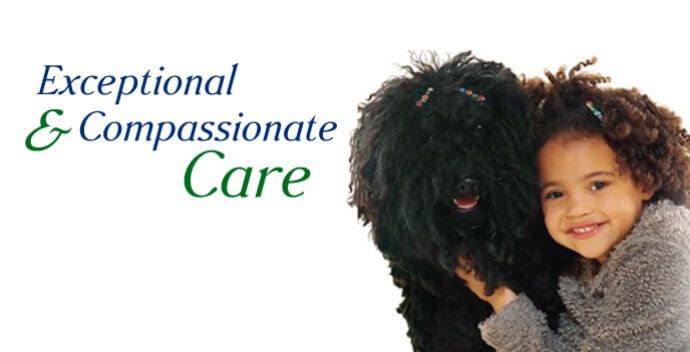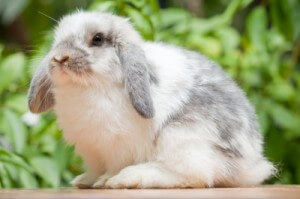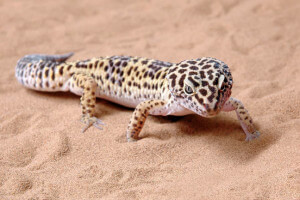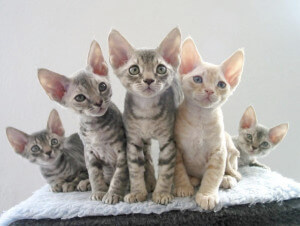Rabbit Habbitats
Rabbits make great pets, they are social, cute and active. Rabbits require as much care as a puppy or a cat, so make sure you’re ready for the commitment that a rabbit needs. For those who are interested in owning a rabbit here’s some information that will help your new rabbit transition into your house relatively stress free.
In order to get your rabbit familiar with his/her new environment the rabbit should be kept in a small cage so that it can get used to the rhythms of the house. From the cage the rabbit can still socialize and get used to you and your family. Once the rabbit is used to the new surroundings you should then transition the rabbit into a bigger cage, or preferably a pen.
A pen allows the rabbit to have some roaming room and exercise space that it needs to keep healthy. A puppy pen is a great option to building your own pen, just make sure that the height of the pen is high enough to stop the rabbit from jumping over it.
Some owners are nervous to let their rabbit roam freely because of a rabbit’s natural chewing habits that wear down their front teeth. A suitable option to a carpet floor is laying a piece of linoleum under the pen making sure the edges are not available to the rabbit. Another idea is to place plastic chair mats under the pen and wrap them in a bed sheet making sure the rabbit can’t chew on the edges.
Inside the pen ensure that the rabbit’s litter box of hay is always placed in the same area, and that there are a number of things for the rabbit to interact with. Some toys for chewing and pushing, and possible a cardboard structure that the rabbit can climb on and chew.
Should you choose to make a rabbit pen on your own be sure not to use chicken wire. Rabbits can easily chew through chicken wire and hurt themselves badly on the chewed pieces of wire. When making slats be sure there are no spaces for the rabbit to stick its head through, this could possibly result in strangulation if the rabbit can fit its head through the spaces.
Here is a website that specializes in rabbit pen designs:
http://animals.pawnation.com/make-rabbit-pen-5858.html
Here are some links to pet product manufacturers and pet stores:
http://www.petco.com/N_87_122/Rabbit-Cages-and-Hutches.aspx
http://www.petco.com/Rabbits-Home.aspx
http://www.petsmart.com/family/index.jsp?categoryId=2769317
http://www.wayfair.com/Rabbit-Hutches-C530205.html
http://www.rabbitcagesource.com/on-sale/127455+11.cfm
http://www.petsathome.com/shop/small-pet/rabbit-products/rabbit-hutches-cages-runs/















 Website Created by TCP Global Solutions
Website Created by TCP Global Solutions